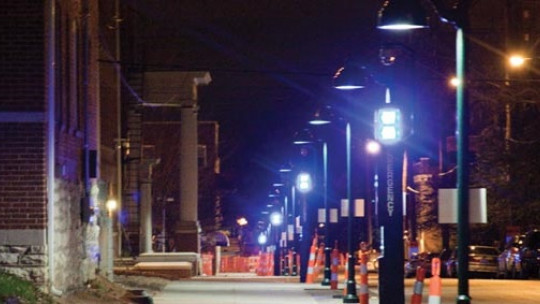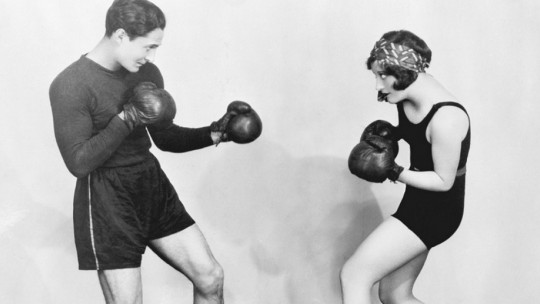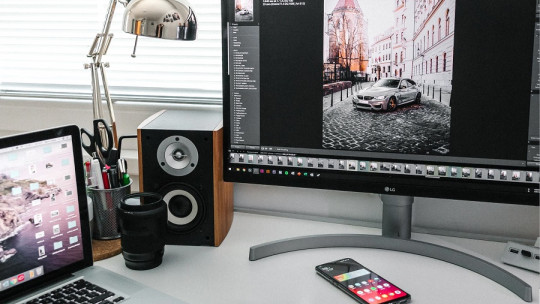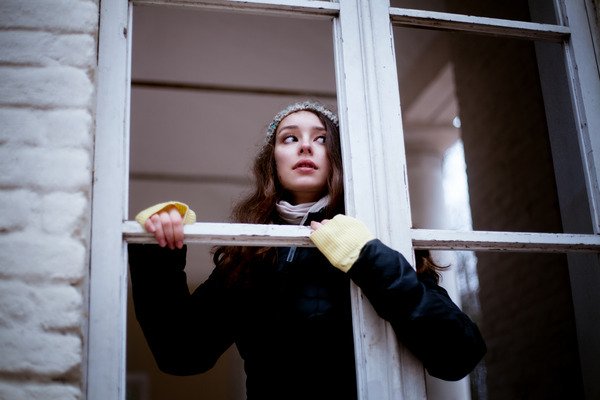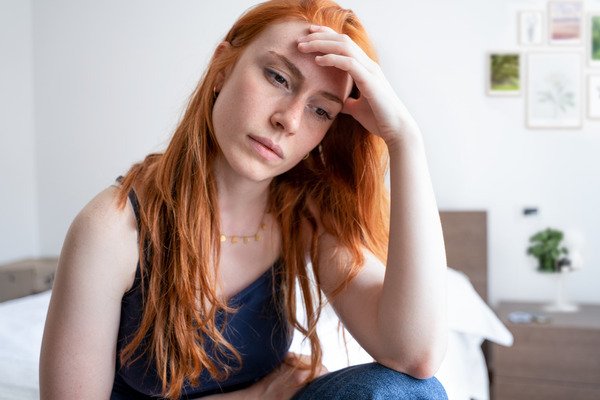The field of criminology seeks, day by day, to be updated in all the factors and prevention measures that manage to avoid or reduce the crime that plagues the streets and endangers public safety. That is why in some countries, Several organizations that ensure safety and prevention have chosen to change their public lighting to blue ones The reason for this change is that, apparently, there are already several empirical results that indicate that streets illuminated with this type of light report a notable decrease in crime.
Below we detail this rare but important discovery.
Blue light appears to prevent suicide and crime
Already in the year 2000, the Scottish city of Glasgow tried changing the color of the light emitted by streetlights The experiment allowed some of the busiest avenues in that city to acquire different visual nuances, thanks to the change from the traditional white, orange or yellow lights to lights with blue tones. On that occasion, however, only an aesthetic goal was pursued.
A chance discovery, in Glasgow
However, as a few weeks passed, the authorities realized that in those regions where the blue light was placed there was a considerable decrease in crimes and suicides. This discovery quickly became a legislative proposal aimed at reducing crime on public roads and it was adopted and applied in other countries, despite the fact that at that time there was no scientific verification or conclusive studies that related this phenomenon to blue light.
For example, in 2005, the city of Tokyo, Japan decided to implement this strategy in some of its streets, placing headlights with blue light and amazingly, Japanese authorities reported a 9% decrease in crime in these areas Later, a Japanese railway company called Central Nipoon Expressway began installing panels in 2013 led type to project light of that color, in order to deter those who try to commit suicide by throwing themselves onto the tracks. Those responsible for this change claim that, after several years, this measure has reduced suicide attempts by 20%. Chance?
Studies and hypotheses
Although the decrease in crime seems to be directly related to public blue light, There are still no scientific results that conclusively support this theory
As Tsuneo Suzuki, professor at Keio University, points out, “There is still a lot of data to analyze to know what relationship exists between blue lighting and its “calming effect” that it has on people. What is clear is that blue lights are unusual. Thus people may feel strange and avoid standing out, crimes and suicides decrease with this type of lighting. There is much research related to the color psychology, and one of them investigated short-wavelength blue light. It has been shown to be a potentially effective treatment for seasonal affective disorders (a type of depression linked to the change of weather). If new research emerges that supports the benefits of blue lighting, we could be faced with a fantastic discovery. “A cheap change that can help reduce crime rates in the areas, as well as suicide cases.”
Other psychological effects of the color blue
Other characteristics and benefits are also attributed to blue light:
1. It can cause insomnia
A study conducted by Steven Lockey, a neuroscientist at Harvard Medical School showed that being exposed to blue light causes decreased sleep and even insomnia since this light suppresses the synthesis of melatoninwhich is the sleep hormone
2. Increases heart rate and memory
Gikes Vandewalle, researcher at the University of Montreal, found that blue light increases heart rate and improves memory since using encephalograms he observed that a person exposed to this light performed memorization tasks more efficiently since the responses of the frontal and parietal cortex improved.
3. Improves learning
According to a German chronobiologist, Dieter Kunz, by increasing the amount of blue in artificial light we could increase performance and learning capacity both in schools and in offices and other workplaces in closed spaces. It could even improve the health of patients in hospitals.
Psychology of the color blue
It is worth remembering that among the positive qualities in the psychology of the color blue we find that It is a kind, friendly color that usually inspires confidence in us It is a color that practically all people like and it is the color that we most associate with friendship, harmony and trust. It also represents the color of the divine and the eternal since we associate it with the color of the sky. Continuous experience is also associated with this color, it is the color of everything we want to remain and everything we want to be eternal. It is one of the colors most associated with peace (after white) since, for example, the UN flag is that color, as well as the helmets of its peacekeepers.
It is highly probable that in the future in-depth research will be carried out to verify, with certainty, the link between the presence of blue lighting and the reduction in crime. This would offer a scientific basis and would establish an important change in all our streets.

